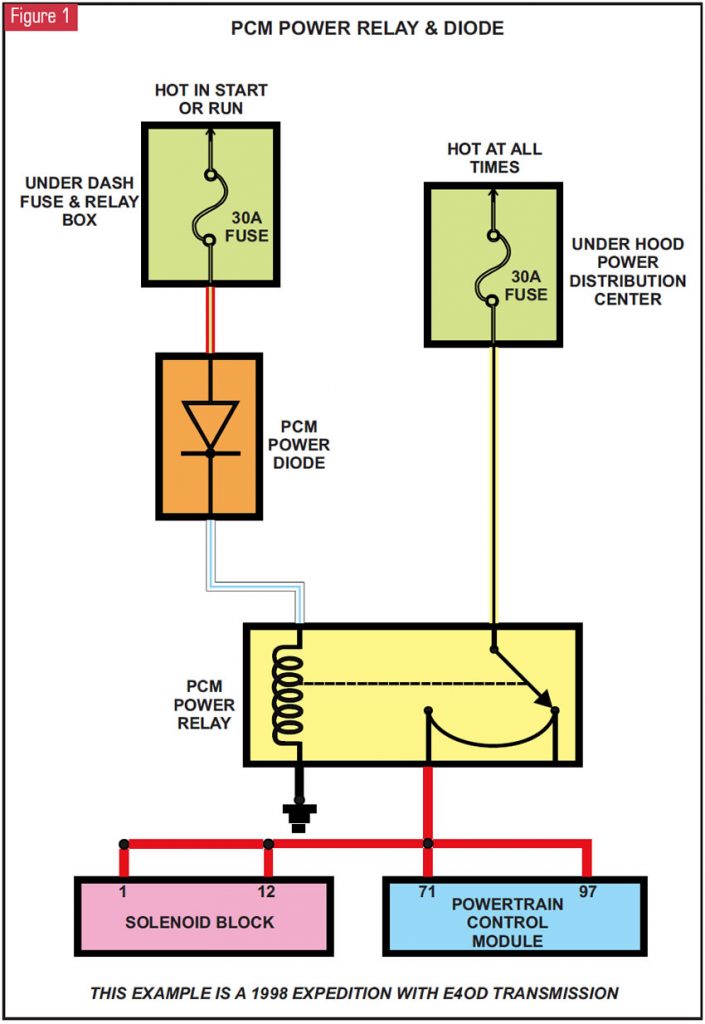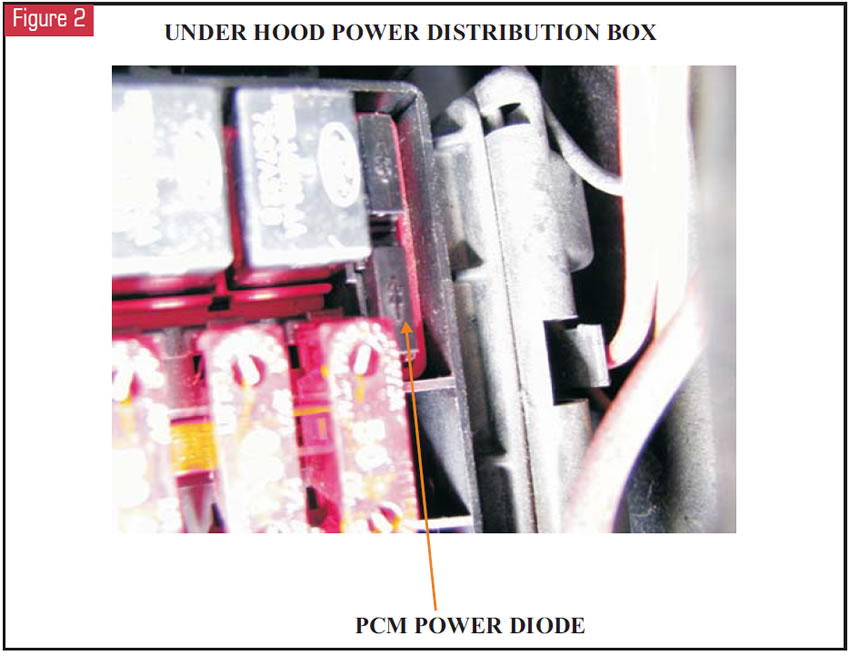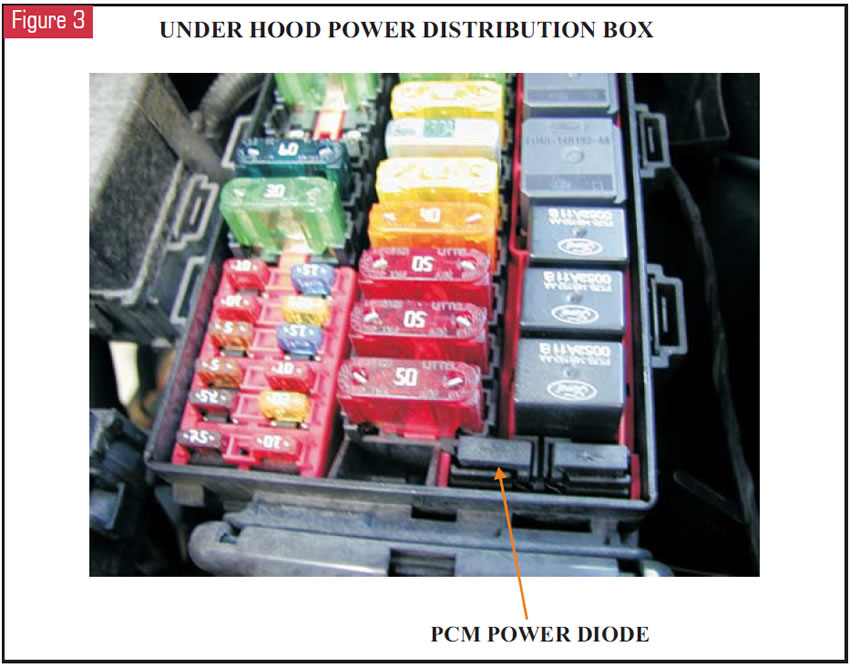
Shift Pointers
- Author: Pete Luban, ATSG Technical Supervisor
Every once in a while, you think you know a particular system inside out. After all, it’s been around a number of years and you’ve had plenty of experience with the diagnosis and repair of that system – right?
I’ll just add one point here before we actually get to the meat of this article. When a vehicle comes into the shop for repairs, and it has never been touched before, it is usually a matter of following your tried-and-true procedures for this type of vehicle. In other words, been there, done that! But once the hand of man is involved, there are no rules, because anything is possible.
A Ford truck equipped with an E4OD came into the shop with a complaint of stuck in 4th gear. This vehicle came from a company that has a fleet of these trucks. In this scenario this is important.
Having run into this problem before, the technician immediately went to the solenoid-block connector to check for battery voltage at the shift-solenoid power-supply wire; there was none.
Having experienced this before, the technician next inspected the PCM power relay (formerly called the EEC power relay) circuitry, because this is where the solenoid block receives its power supply.
When he checked the relay, he found that the “Keep Alive” key-off power was present but the key-on power was not. Yet, when the technician checked the 30-amp under-dash fuse, there was power on both sides of the fuse.
Something is missing here. So what’s between the fuse and the key-on circuit for the relay? In the wiring diagram in Figure 1, notice that there is a diode between the 30-amp fuse and the relay.

Remember, earlier in the article I mentioned that this was a fleet vehicle. You know what happens with fleet vehicles; they borrow good working components from one vehicle and put it in the vehicle that’s not working. Now, maybe the fleet mechanic had every intention of replacing the borrowed part, but it never happened. It was forgotten, and the fleet mechanic on a different shift ran into the transmission stuck in 4th gear and sent it to this transmission shop.
Take a look at the underhood power-distribution box in figures 2 and 3. There is the PCM power diode that was borrowed and never replaced. The missing diode opened the circuit between the fuse and the relay, creating the no-power situation to the solenoid block, which resulted in the 4th-gear-only condition. The foot bone is connected to the ankle bone, so on and so forth.


One thing to remember is that a bad relay or diode can cause other symptoms, such as maximum line pressure, a no-start condition on certain models (depends on which part of the fuel system it kills the power to), or the PCM not communicating because of a loss of power, which the relay supplies. Always consult the proper wiring diagram for the vehicle you are working on for correct diagnosis.
As far as I can tell, the PCM power diode is in 1992 and later full-size trucks, and 1995 and later full-size vans. If the vehicle you’re working on has a diode, it will be tucked away somewhere in the underhood power-distribution box.














